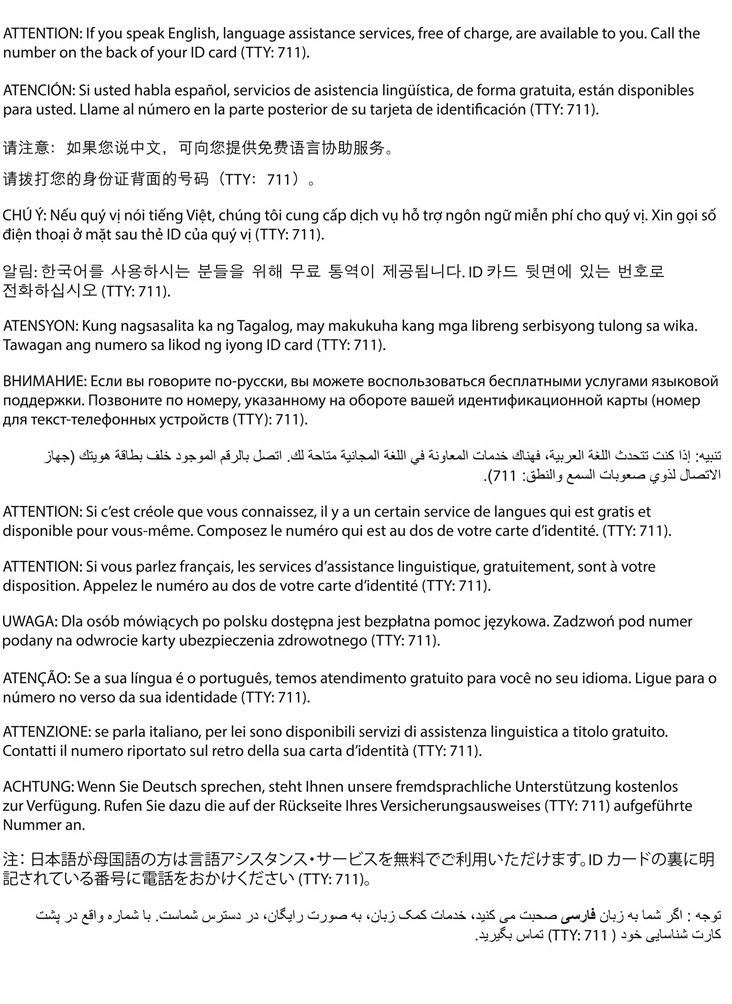- Evidence-based guidelines from the American Academy of Neurology (2009) recommend testing for CMT, but with a tiered approach:
- "Genetic testing should be conducted for the accurate diagnosis and classification of hereditary neuropathies." (level A recommendation = "established as effective, ineffective or harmful (or established as useful/predictive or not useful/predictive) for the given condition in the specified population").
- "Genetic testing may be considered in patients with cryptogenic polyneuropathy who exhibit a hereditary neuropathy phenotype. Initial genetic testing should be guided by the clinical phenotype, inheritance pattern, and electrodiagnostic features and should focus on the most common abnormalities which are CMT1A duplication/HNPP deletion, Cx32 (GJB1), and MFN2 mutation screening." (level C recommendation = possibly effective, ineffective or harmful (or possibly useful/predictive or not useful/predictive) for the given condition in the specified population").
- "There is insufficient evidence to determine the usefulness of routine genetic testing in patients with cryptogenic polyneuropathy who do not exhibit a hereditary neuropathy phenotype." (level U recommendation = "data inadequate or conflicting; given current knowledge, treatment (test, predictor) is unproven").
- Comprehensive CMT panels test most known genes related to CMT simultaneously, but this is not usually necessary or cost-effective, and therefore not recommended.
- DiVincenzo et al. [2014] described their experience testing more than 17,000 patients for CMT using a commercially available comprehensive panel of 14 genes. Overall, they identified a mutation in 18.5% of patients. Notably they state that “Among patients with a positive genetic finding in a CMT-related gene, 94.9% were positive in one of four genes ( PMP22 , GJB1 , MPZ , or MFN2 ). The results of our study in a population in over 17,000 individuals support the initial genetic testing of four genes ( PMP22 , GJB1 , MPZ , and MFN2 ) followed by an evaluation of rarer genetic causes in the diagnostic evaluation of CMT.”
- In an expert-authored review, the following genetic testing strategies are recommended:
- “In families with at least two-generation involvement, known male-to-male transmission, and very slow NCVs (<15 m/sec):”
- “First, obtain testing for the PMP22 duplication (CMT1A).”
- “If normal, follow with testing of MPZ (CMT1B) and single-nucleotide variants in PMP2 (CMT1E).”
- “If both are normal, test for LITAF (CMT1C) and EGR2 (CMT1D).”
- “In families with at least two-generation involvement and slow NCVs (15-35 m/sec), but without male-to-male transmission, molecular genetic testing of PMP22 (CMT1A), GJB1 (CMTX), MPZ (CMT1B), and LITAF (CMT1C) should be performed sequentially.”
- “In families with probable X-linked inheritance of the CMT phenotype, molecular genetic testing of GJB1 (CMTX) is appropriate to confirm the diagnosis.”
- “In individuals with the CMT2 phenotype, MFN2 (CMT2A2) can be tested first followed by testing of MPZ (CMT2I/2J) and GJB1 (CMTX1). Other rarer causes include GDAP1 (CMT2H/2K), NEFL (CMT2E/1F), and EGR2 (CMT1D).”
- Regarding cases of early childhood onset: “[…] pathogenic variants in MPZ, PMP22, and EGR2 should be evaluated first as they were most frequent in those individuals with hypotonia and breathing difficulties. Testing of FGD4, PRX, MTMR2, SBF2, SH3TC2, and GDAP1 is indicated in individuals with early foot deformities and delay in motor milestones after an uneventful neonatal period.”
- For individuals with a negative family history (e.g., a simplex case):
- “Molecular genetic testing of PMP22dup (CMT1A), MPZ (CMT1B), and GJB1 (CMTX) should be performed on males and females who have no family history of neuropathy because de novo duplications of the 17p11 region (causing CMT1A) are common and because females who have a GJB1 pathogenic variant (causing CMTX1) may be asymptomatic.”
- “If no pathogenic variant is identified in any of these three genes testing for rarer subtypes can be considered.”
- “Early-onset severe CMT may be caused by mutation of PMP22 (CMT1A or 1E), GDAP1 (CMT4A), EGR2 (CMT4E), PRX (CMT4F), SH3TC2 (CMT4C), FDG4 (CMT4H), or MTMR2 (CMT4B1).”
- “An alternative genetic testing strategy is use of a multi-gene panel that includes genes associated with CMT and other genes of interest…A reasonable testing approach is to first test for pathogenic variant(s) in the single most likely gene that best fits the phenotype (e.g., CMT1A or CMT2A). If such testing does not identify the pathogenic variant(s), then proceed to a genetic neuropathy panel followed by exome sequencing if appropriate.”
- “Testing of asymptomatic at-risk children is discouraged.”
|
